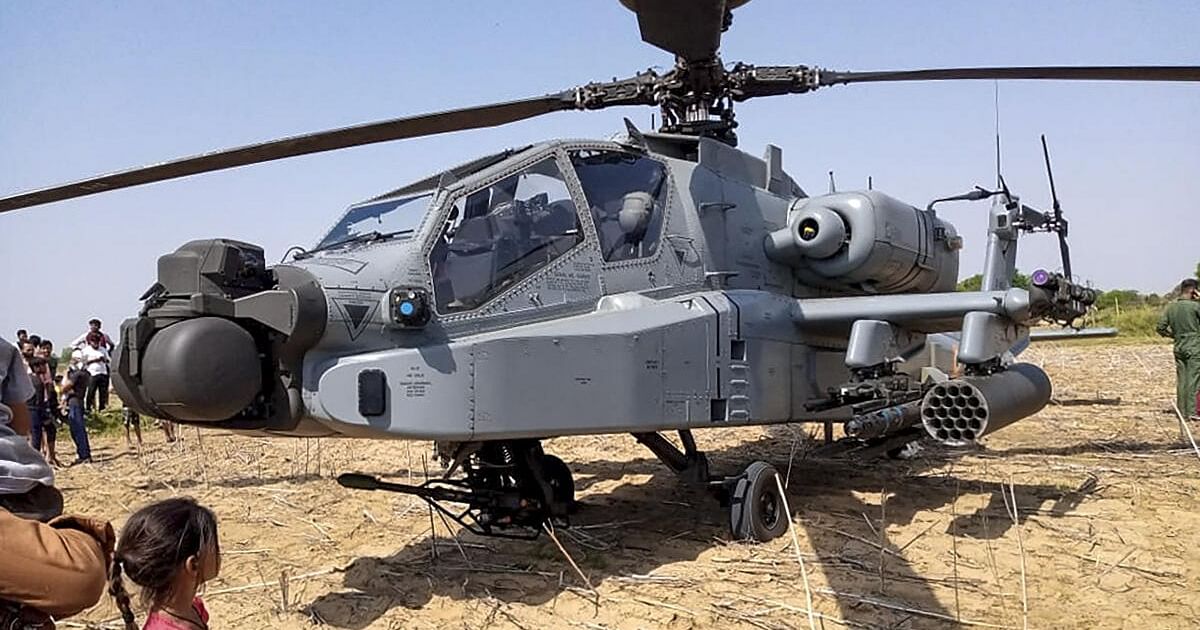SOURCE: AFI

An Indian Air Force (IAF) Apache attack helicopter faces a challenging recovery process following an emergency landing in Ladakh’s snow-bound terrain at an altitude exceeding 12,000 feet. The cause of the emergency landing remains under investigation, with a Court of Inquiry established. However, reports indicate the pilots encountered “loss of power” before landing, resulting in damage to the helicopter.
The IAF is currently exploring two primary options to retrieve the Apache. The first approach involves attempting repairs at the landing site. If successful, the helicopter could potentially fly to the nearest airbase or a lower-altitude helipad for more comprehensive repairs.
The second option, considered if on-site repairs are not feasible, entails dismantling the Apache and transporting its parts individually. This method would be more time-consuming, requiring meticulous part numbering and deploying trained personnel to the high-altitude location, potentially taking weeks.
The recovery operation is further complicated by the extreme altitude. The harsh conditions and limited accessibility present logistical difficulties for both repair and dismantling efforts.
The IAF might consider using a larger helicopter like the Chinook to winch the Apache out of the snowbound area. This option, however, would depend on the extent of the damage and the feasibility of safely securing the Apache for an airlift.
The recovery operation presents a significant logistical challenge for the IAF. The high altitude and snowy conditions add complexity to each option. A successful recovery would be crucial to minimize damage and preserve this advanced attack helicopter.